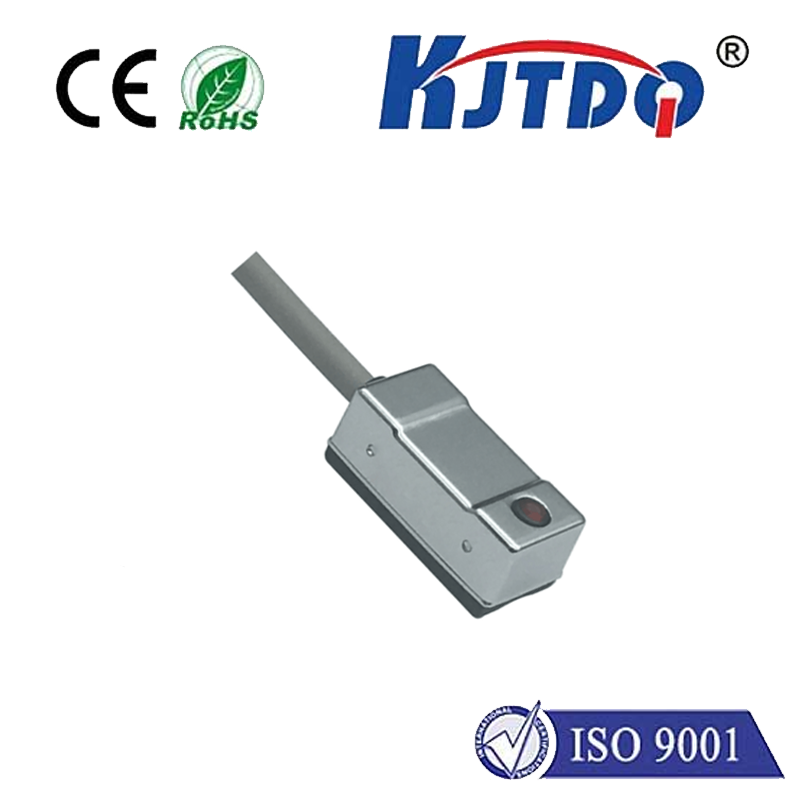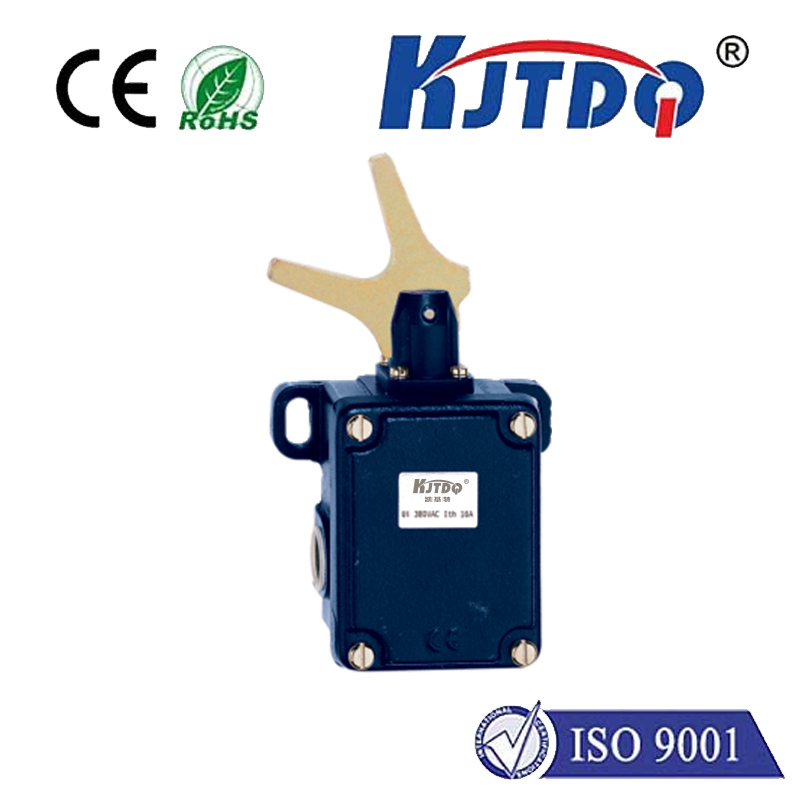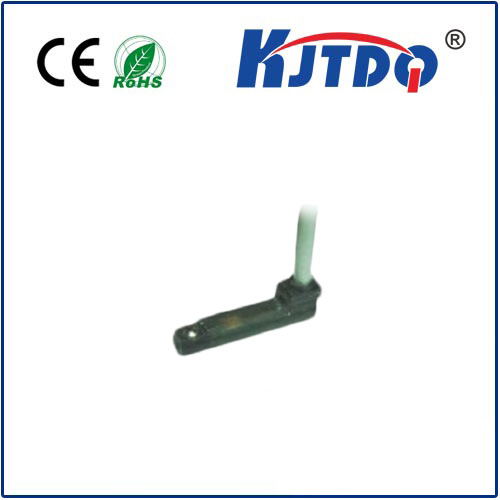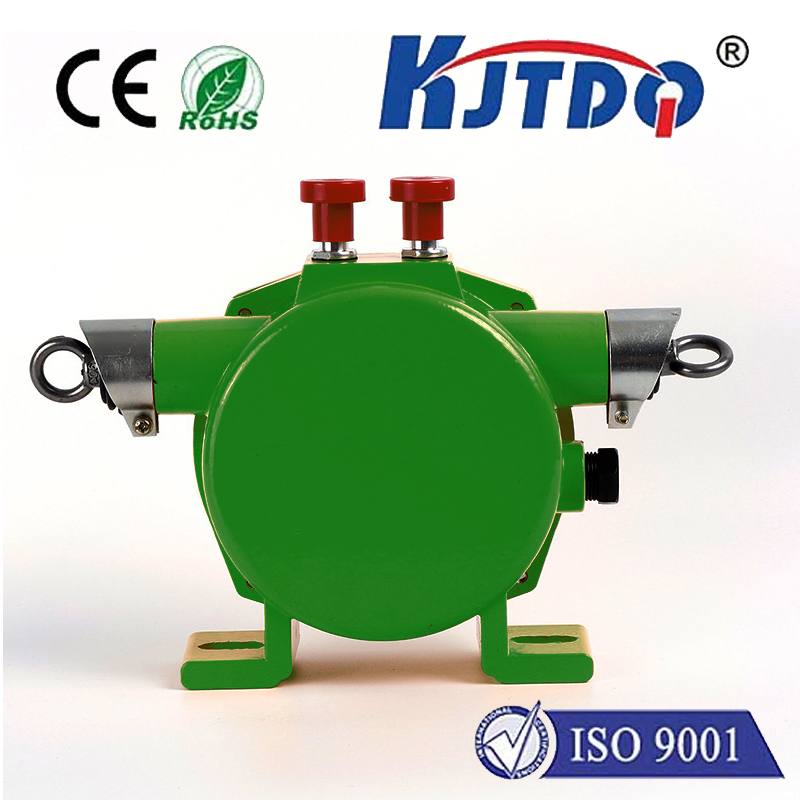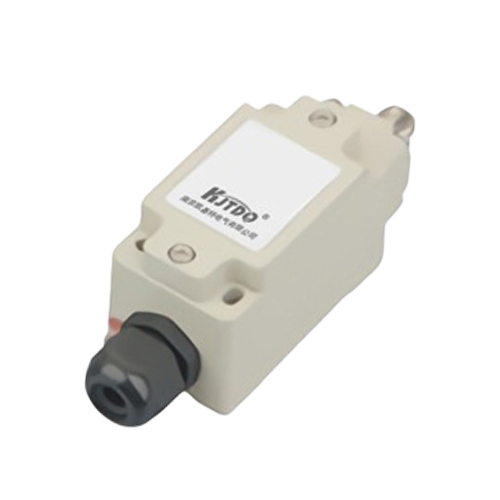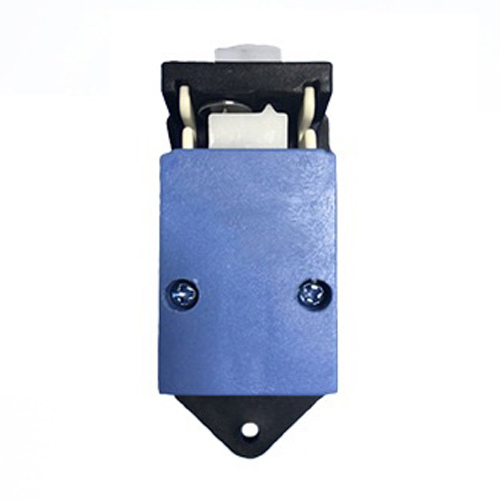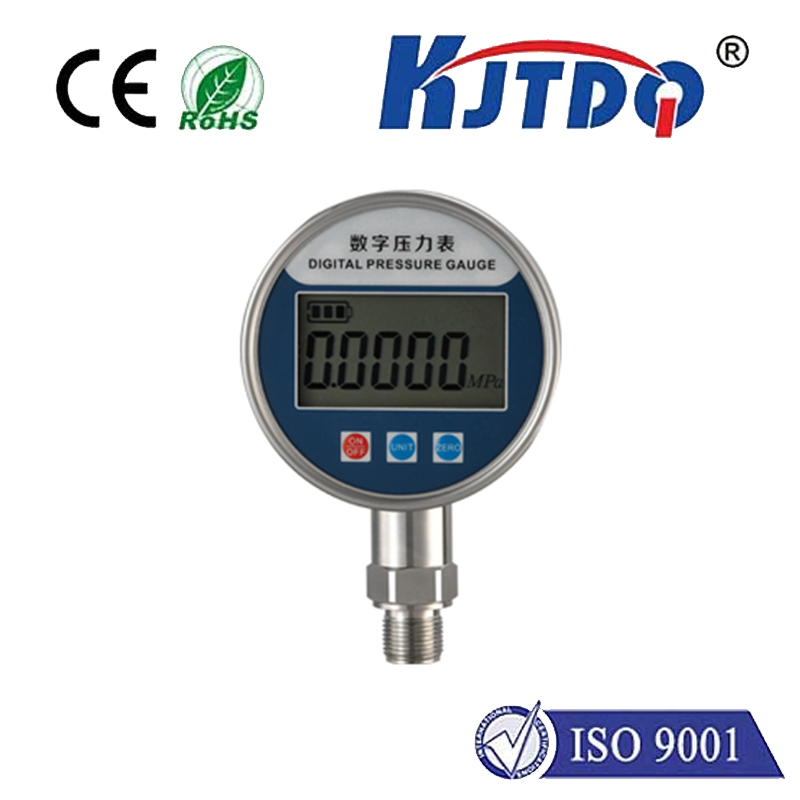head mounted temperature transmitter
- time:2025-08-24 03:37:33
- Click:0
Beyond the Hard Hat: How Head Mounted Temperature Transmitters Revolutionize Worker Safety in Extreme Environments
Imagine a steelworker high on a platform near a blast furnace. The heat is intense, radiating in waves. Suddenly, a subtle alarm vibrates discretely near their temple. Their personal thermal guardian – a head mounted temperature transmitter – has detected their core body temperature rising towards a dangerous threshold. This isn’t science fiction; it’s the cutting-edge reality of wearable safety technology protecting lives in the most demanding workplaces. These innovative devices are transforming how we monitor and safeguard human well-being where environmental extremes are the norm.
What is a Head Mounted Temperature Transmitter?
Simply put, a head mounted temperature transmitter is a sophisticated wearable sensor designed to continuously measure and wirelessly transmit temperature data – specifically core or near-core body temperature – directly from the worker. Unlike traditional handheld infrared thermometers or bulky vest systems, these units are engineered for minimal intrusion. Typically integrated into safety helmets, hard hats, headbands, or earmuff-style protectors, they sit comfortably and securely. They contain:
- Precision Temperature Sensor: Often a thermistor or high-accuracy digital sensor placed near the temporal artery (forehead/temple) or within the ear canal (if integrated into earmuffs). This placement provides readings closely correlated with core body temperature.
- Microprocessor: Handles the sensor data, performs calculations, and manages device functions.
- Wireless Transmitter: Utilizes technologies like Bluetooth Low Energy (BLE), LoRaWAN, or proprietary industrial protocols to send real-time temperature data.
- Power Source: A rechargeable battery designed for extended operational shifts.
- Alert System: Integrated vibration, LED lights, or auditory alarms (if safe for the environment) to warn the wearer locally.
- Robust Housing: Built to withstand harsh conditions – impacts, dust, moisture, and extreme temperatures.
The Critical Need: Protecting Humans in Hazardous Thermal Environments

The driving force behind these transmitters is undeniable: preventing heat stress, hypothermia, and related fatalities. Industries like:
- Metal Foundries & Smelting: Furnaces radiate intense, persistent heat.
- Glass Manufacturing: Molten glass creates extreme ambient temperatures.
- Chemical Processing Plants: Exothermic reactions and confined spaces pose significant thermal risks.
- Power Generation: Boiler rooms and turbine halls are notorious heat traps.
- Oil & Gas (Refineries, Extraction): Desert operations, fire proximity, and processing heat.
- Deep Mining: Geothermal heat increases dramatically with depth.
- Cold Storage & Freezer Warehouses: Prolonged exposure risks hypothermia.
- Emergency Services (Firefighting): Intense heat from fires is a primary hazard.
…demand constant vigilance over worker physiology. Traditional monitoring methods are often reactive, intermittent, or impractical. Head mounted transmitters provide the continuous, real-time insights needed to intervene before a situation becomes critical.
Unlocking Key Benefits: Beyond Basic Temperature Reading
The value proposition extends far beyond just knowing a number:
- Proactive Safety Intervention: Real-time alerts enable immediate action – prompting the worker to take a break, hydrate, or move to a cooler area – long before symptoms of heat stress (confusion, dizziness, nausea) become debilitating or life-threatening. This drastically reduces incidents of heat stroke, a medical emergency.
- Personalized Monitoring: Individual physiology varies. What’s a safe temperature for one worker might be risky for another. Wearable sensors provide personalized data, allowing for tailored safety protocols based on the individual’s response to the environment.
- Enhanced Situational Awareness: Workers receive direct, immediate feedback about their own thermal state. This empowers them to self-manage their pace and hydration without waiting for a supervisor’s spot check, fostering a proactive safety culture.
- Fleet-Wide Safety Oversight: Data transmitted to a centralized monitoring platform (SCADA system, safety dashboard) gives supervisors a comprehensive overview of all workers’ thermal status in real-time. This allows for:
- Identifying workers nearing thresholds.
- Optimizing break schedules and task rotation in hot zones.
- Quickly locating workers in distress.
- Analyzing trends to improve site-wide heat stress management plans.
- Reduced Human Error: Automating temperature monitoring eliminates reliance on infrequent manual checks or workers self-reporting (which may be inaccurate or delayed if symptoms set in).
- Compliance & Data Logging: Provides objective, auditable records of worker exposure to thermal extremes, aiding in regulatory compliance (like OSHA/NIOSH Heat Stress guidelines) and incident investigation.
Integration and Considerations for Implementation
Deploying head mounted temperature monitoring effectively requires more than just buying devices:
- Robust Connectivity: Ensure reliable wireless coverage throughout the facility, especially in remote or structurally complex areas. LoRaWAN is often preferred for its long-range and penetration capabilities in industrial settings.
- Centralized Monitoring Software: Essential dashboards for visualizing data, setting personalized or group thresholds, managing alerts, and generating reports. Integration with existing safety or operational platforms (SCADA) is highly beneficial.
- Clear Safety Protocols: Define precise actions triggered by different alert levels – who responds, how, and what follow-up is needed (medical checks, cool-down procedures).
- User Acceptance & Training: Workers need to understand the device’s purpose (safety, not surveillance), how it works, how to wear it correctly for accurate readings, and the importance of responding to alerts. Comfort and ease of use are paramount for adoption.
- Data Privacy: Establish clear policies on data collection, storage, access, and usage aligned with privacy regulations.
- Ruggedness & Certification: Devices must meet industry standards for ingress protection (IP67/IP68 for dust/water resistance), impact resistance, and intrinsic safety (ATEX/IECEx) if used in potentially explosive atmospheres.
- Battery Life Management: Implement systems for easy, reliable charging, ensuring devices are operational for full shifts.
The Future is Wearable and Connected
Head mounted temperature transmitters represent a significant leap forward in industrial occupational health and safety. They move beyond static environmental monitoring to focus on the most critical element: the human worker. By providing real-time, personalized physiological data, they enable a shift from reactive response to proactive protection.
As sensor technology miniaturizes further, battery life extends, and wireless networks become even more robust and integrated, we can expect these devices to become smaller, smarter, and potentially incorporate additional physiological monitoring (heart rate, exertion levels) for a truly holistic view of worker well-being. In environments where extreme temperatures are an inherent risk, equipping personnel with these intelligent, head-worn sentinels isn’t just innovative – it’s becoming an essential pillar of a responsible and life-saving safety strategy. Protecting your workforce proactively starts with knowing not just the temperature around them, but crucially, the temperature within them.






